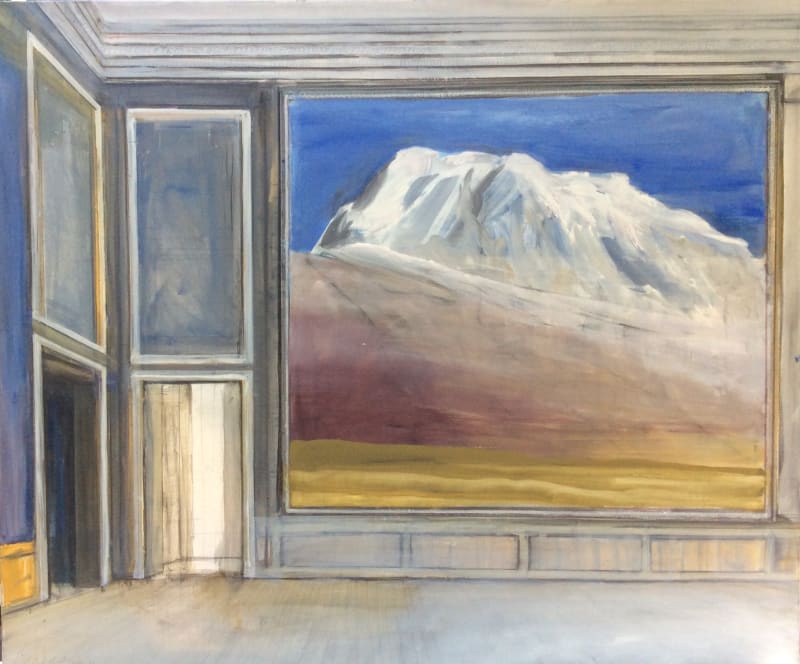Pierre Bergian points out that 'my paintings are a little similar to still lives'. We are aware, perhaps, that people might occupy them in some way, but for the moment they are hidden and our view into their habitat is suspended into perpetual uncertainty. The room is the focus, both as a space and as an object. The involvement of natural light and the effect it has on a room is another idea that is explored. The interior paintings of 17th century Dutch and Flemish artists and the clean, tangibly 'fresh' depictions of light they employed are a clear source of inspiration. We are aware of where it enters, what it falls upon and where it cannot quite reach, creating a visual communication between the various components of the room, the sporadic details placed inside them and the light that illuminates them.
An empty room has countless different connotations for people. However, it is something that we all recognise as being central to our own individual habitats. Bergian states, "I am persuaded that we are unconsciously very fascinated by interiors of buildings. Because these are the places in which we spend the largest part of our lives". Like stage sets, the air of abandonment is never quite alleviated despite the fact his 'Interiors' are never physically empty, but it does not detract from our desire to study them, to ponder what is through the doors or project our own lives into them.

